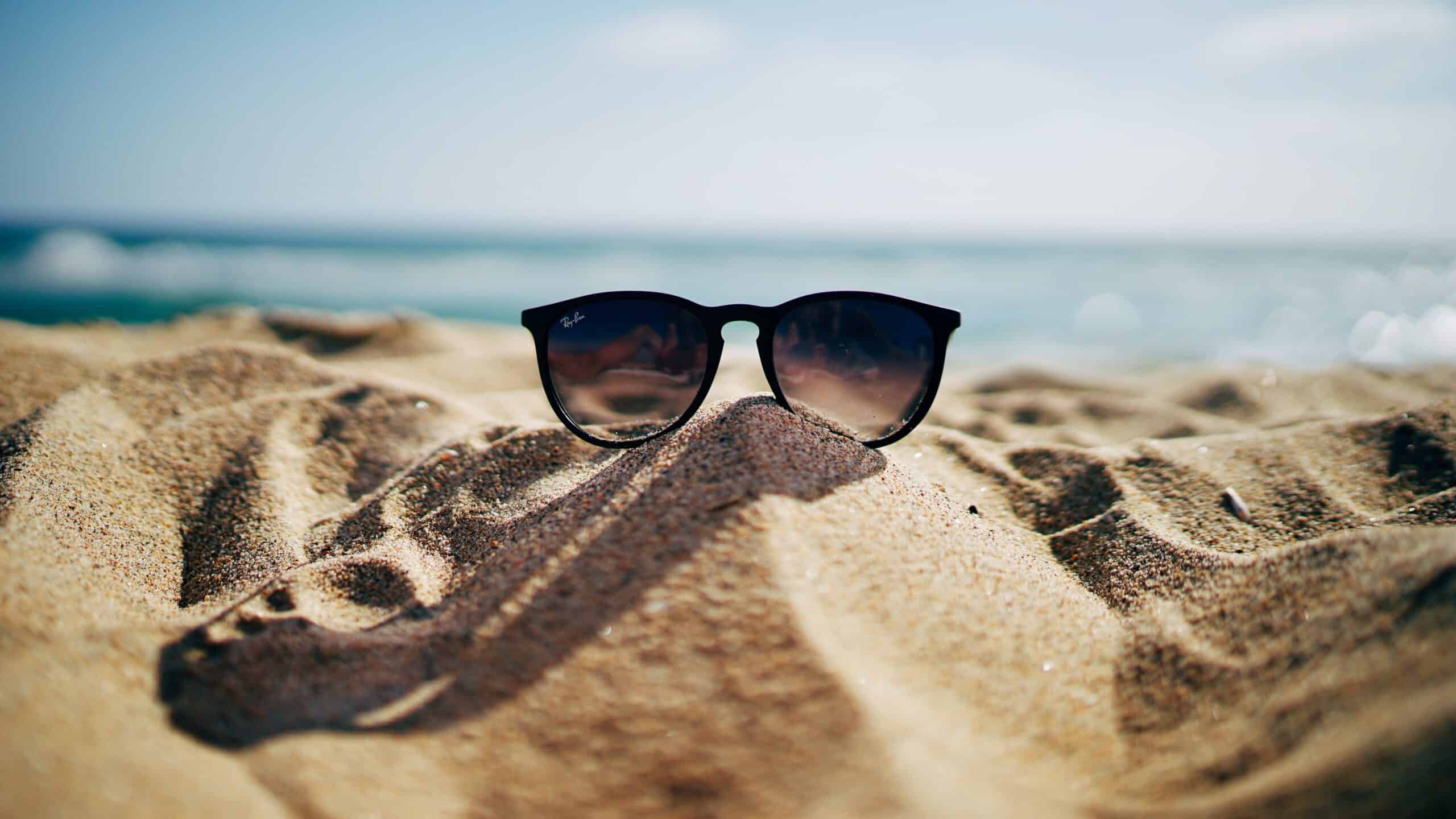Extreme Heat is Changing How People Experience the Outdoors

Summers are getting hotter as greenhouse gas emissions trap heat in the atmosphere — a problem that’s impacting how millions of people enjoy the outdoors during the warmest months of the year, according to one NC State expert.
For outdoor enthusiasts, the summer months have generally provided ideal conditions for recreational activities such as running, hiking and biking. But as temperatures increase, peoples’ behaviors are changing.
While people are still participating in outdoor activities during the summer, they’re increasingly looking for ways to avoid the heat, according to Aaron Hipp, a professor of parks, recreation and tourism management at the College of Natural Resources.
“Many people are trying to run or bike in the early morning hours to avoid extreme heat,” said Hipp, whose research examines how, where and why public built environments impact health behaviors such as physical activity and recreation.
High temperatures kill more people in the United States every year than any other extreme weather event, with an annual average of about 700 people dying from heat-related illnesses across the country.
Unfortunately, climate change is increasing the frequency, intensity and duration of heat waves around the world. The average number of heat waves in the U.S. alone has increased from two per year to six per year since the 1960s.
Aside from exercising earlier in the day, many people are looking for outdoor areas where they can avoid direct sunlight. That includes parks and other green spaces with trees, which lower surface and air temperatures by providing shade.
People are also increasingly visiting outdoor locations where they can wade or swim in natural bodies of water. North Carolina’s Cape Hatteras National Seashore, which is home to five beaches, recently recorded its third busiest year on record.
“Without a doubt, more and more people are beginning to seek out these spaces on hotter days to find relief. But as these spaces grow in popularity, they’re becoming increasingly crowded. That can lead to a reduced experience.”
Crowding limits the available space for people to engage in certain activities, according to Hipp. When people feel that their behavior is constrained or that a space doesn’t meet their needs, they can develop feelings such as anxiety or frustration.
Hipp added that indoor spaces are also becoming increasingly crowded with people looking to engage in recreational activities, including children who participate in summer camps and sports programs. Many of these camps and programs operate under policies that require them to relocate indoors if it’s too hot outside.
But the increasing usage of indoor spaces could have implications for the mental and physical health of participants, according to Hipp. While extreme heat can negatively impact physical health, recent studies suggest that outdoor exercise can generate greater health benefits, including decreases in depression.
At the same time, however, Hipp’s research group has found that high temperatures can cause children to slow down on playgrounds, mostly because the equipment is too hot. Many children also spend more time sitting in shaded areas or drinking water. This means they’re not getting as much physical activity.
“If your ability to participate in outdoor activities is limited due to extreme heat, you’re not as likely to enjoy the mental and physical health benefits — whether it’s reduced stress, reduced cardiovascular disease or reduced cancer risk,” Hipp said.
Hipp said communities can help to promote physical activity in outdoor spaces by investing in certain water-based elements to mitigate the effects of extreme heat, whether that’s providing spraygrounds or water fountains in parks.
Communities can also utilize green infrastructure such as tree plantings in urban areas. This is especially vital for low-income and non-white neighborhoods, which remain disproportionately vulnerable to heat due to disparities in tree cover.
“Green infrastructure can provide places for people to be active. It can provide shade and protective areas when it’s warmer,” Hipp said. “To me, it’s a no-brainer.”
This post was originally published in College of Natural Resources News.
- Categories:


